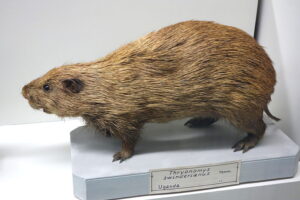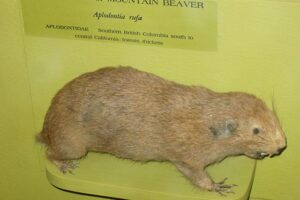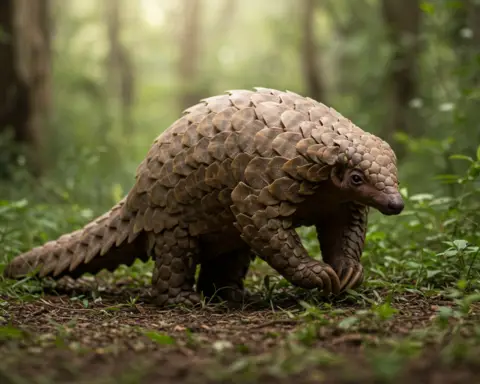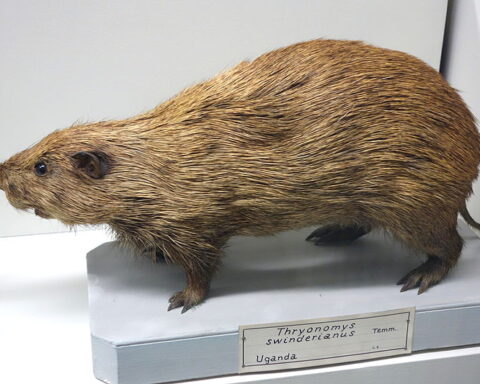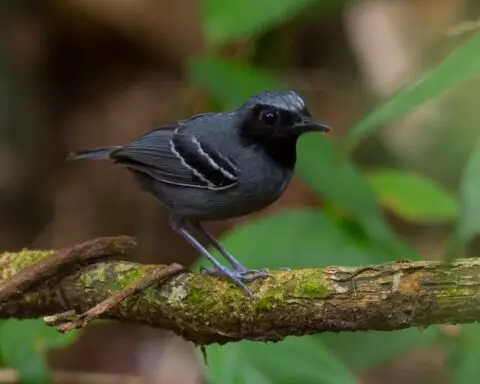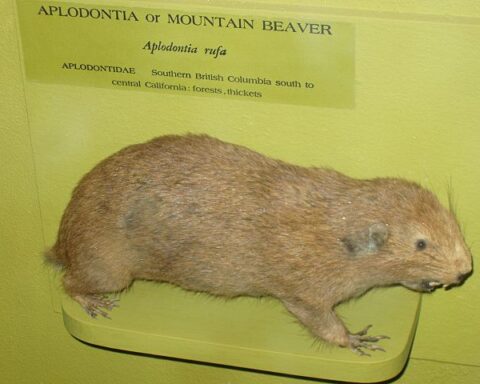Pangolins love munching on bugs, especially ants and termites. They sniff out their insect feasts, and sometimes the big pangolins go for the larger bugs. What’s on the menu can change depending on what’s available or the time of year.
What Do Pangolins Eat?
Pangolins can be a bit choosy, though. They have specific types of ants and termites that they really enjoy, and they won’t eat just any bug that crosses their path. They’re like, “Nope, I prefer these ones!”
And let’s not forget about water – pangolins make sure to drink it regularly. They use their tongues to quickly lap it up. Staying hydrated is important, even if you’re a bug-eating expert like a pangolin!
They catch live insects using their long, straw-like tongue, which is wrapped in a special membrane connected to their pelvis. The tongue can stretch to about 27 inches (70 cm) when fully extended but stays coiled up in their mouth when they’re not using it. Before going for the catch, pangolins produce sticky saliva from special glands in their abdomen.
When they dart their tongue into a bug hideout, it acts like a glue trap, snaring insects inside. Since pangolins don’t have teeth, all the food gets crushed in the lower part of their stomach, which has small pebbles to help with the crunching. While munching away, their eyes stay safe behind thickened membranes, and special muscles seal up their nostrils and ears to protect them from ant bites. If any ants manage to climb onto their scales, the pangolins give a little shake to get rid of them. It’s like a bug-catching superhero move!

Ground pangolins create funnel-shaped holes near termite hills by using their tail and hind legs as a “tripod” while digging with their front feet. They keep their feet close to the sides of their head, using their claws to tear open the insect nest. The snout then gradually enters the mound. Using its long, sticky tongue, the pangolin swiftly captures the insects. The termite hill isn’t usually completely destroyed, allowing pangolins to return once the remaining insects have reconstructed the hill. When pangolins find old animal droppings containing termites, they use their front limbs to gather the pellets and flip onto their backs to access the tasty treats.
They subsequently grasp the droppings amidst their claws over the abdominal region, and elevate their head to consume the termites through licks. Arboreal pangolins frequently disassemble tree nests by securing themselves in the branches with their hind legs and prehensile tail.
The claws of the forelimbs then meticulously excavate precisely to the left and right of the mouth, gradually progressing into the cavity established within the nest. The tongue, reminiscent of a worm, persistently thrusts into the confined passageways of the termite nests. Exclusively residing in trees, pangolins forage and nourish solely within the nests of arboreal termites, incapable of breaching the nests of terrestrial termites. They may ingest ground termites, nonetheless, if a different creature has previously breached the nest.



